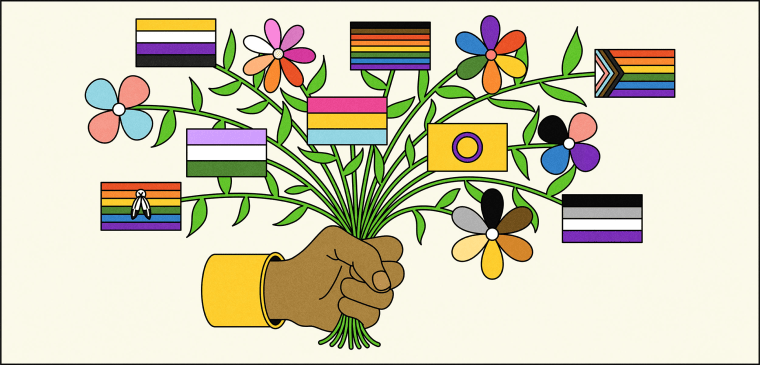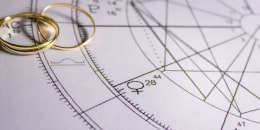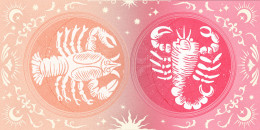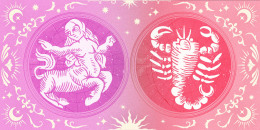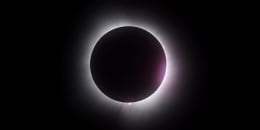When we think of the pride flag, many associate the visual to the traditional six-color rainbow striped flag that’s existed for decades, but this isn’t the only banner that exists to celebrate the LGBTQ community.
Today, there are dozens of flags that serve to represent a wide variety of sexualities, identities and communities and offer a larger sense of inclusivity. Each flag — with their unique design and color-ways — hold their own history and meaning toward an identity or subculture of the overarching LGBTQ community.
Here, we’re taking a deep dive into 17 flags you should look out for this Pride Month, and beyond.
Original pride flag — June 1978

The first rainbow pride flag was designed Gilbert Barker and unveiled during the San Francisco Gay Freedom Day on June 25, 1978. This flag contained hot pink, red, orange, yellow, green, turquoise, blue and violet stripes, with Baker assigning meaning to each color. Hot pink correlated to sex, red to life, orange to healing, yellow to sunlight, green to nature, turquoise to magic, indigo to serenity and purple to spirit.
Seven-colored pride flag — After November 1978
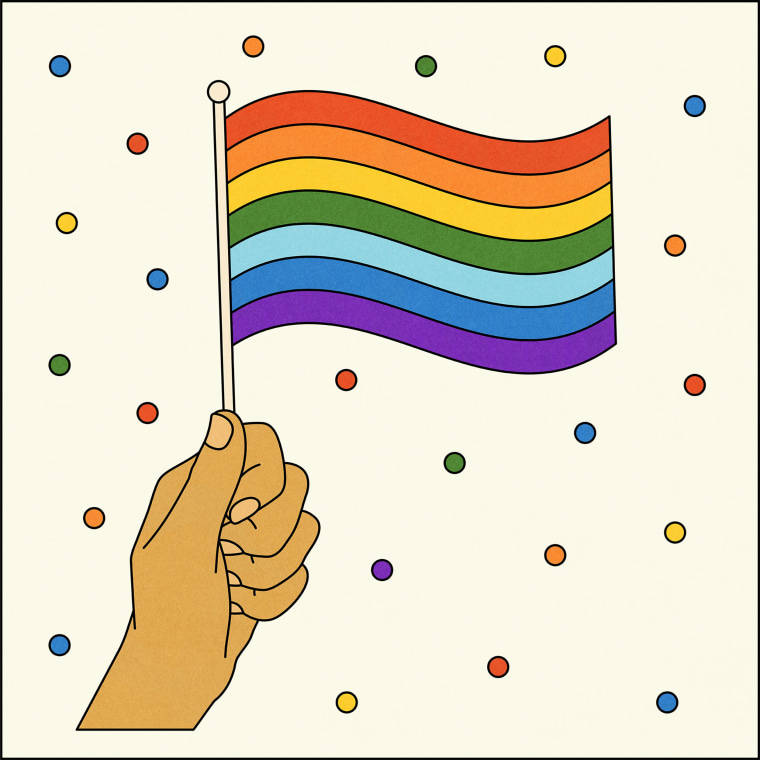
Baker explained on his website that just months after the flag was flown for the first time in San Francisco, demand increased following the assassination of Harvey Milk on November 27, 1978. In order to meet the demand, a version of the flag using stock fabric with only seven of the original eight colors began to be produced. Baker then adopted this change when the hot pink fabric became unavailable.
Six-colored pride flag — 1979 to today
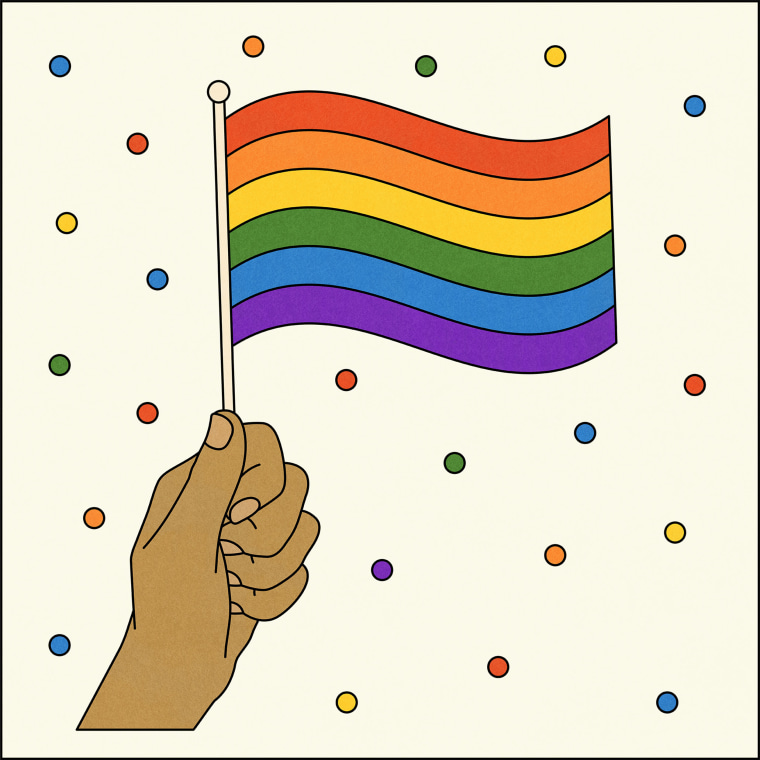
The original pride flag underwent another change in 1979 after it was discovered that the center stripe on the seven color flag was blocked by the lamp posts they hung vertically from the lamp posts in San Francisco. Thus, an even number of stripes was needed, so turquoise was dropped; leaving red, orange, yellow, green, blue and violet for the iteration of the flag we widely know today.
Philly pride flag — 2017
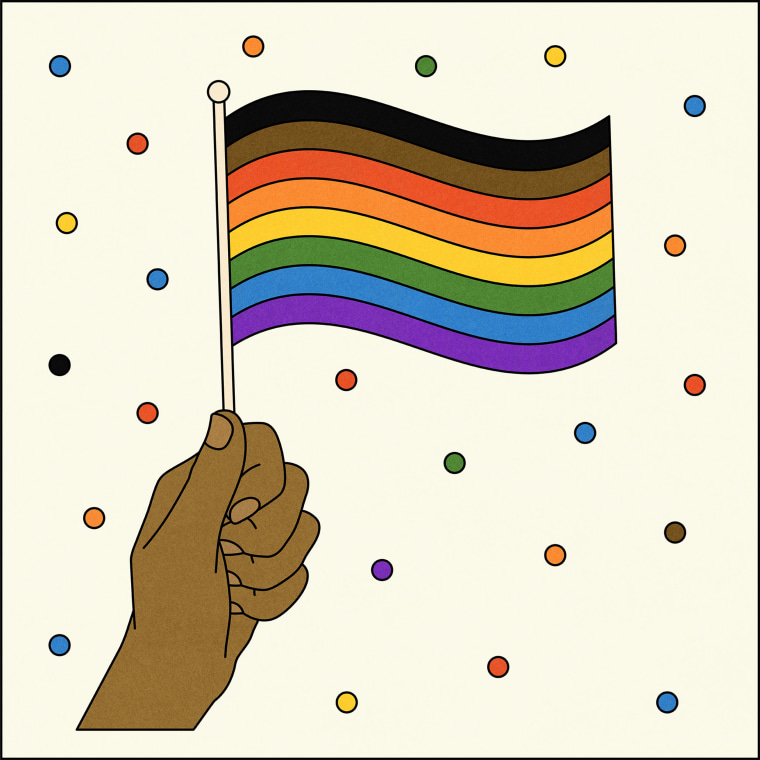
At the start of Pride Month in 2017, the city of Philadelphia made minor modifications to the existing pride flag. Those changes included adding two additional stripes — one black and one brown — above the existing six colors of the rainbow. Philly Mag reported that a source involved with the event said, “The black and brown stripes are an inclusionary way to highlight Black and brown LGBTQIA members within our community.”
“With all of the black and brown activism that’s worked to address racism in the Gayborhood over the past year, I think the new flag is a great step for the city to show the world that they’re working toward fully supporting all members of our community,” the statement continued.
Today, the flag has been adopted by many across the world. Lena Waithe garnered the flag much attention when she wore a version of it to the Met Gala in 2018.
Transgender pride flag
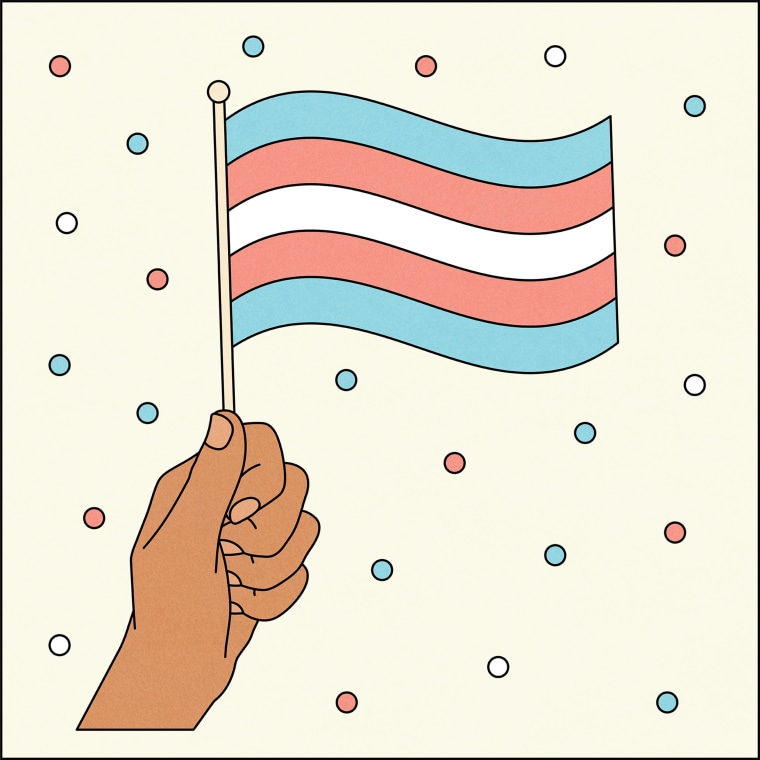
The first transgender pride flag was designed in 1999 — later debuted in 2000 at the Pride parade in Phoenix, Arizona — by activist Monica Helms to serve as a marker of transgender rights, according to the Smithsonian. The light pink and blue stripes on the flag were used to represent the two colors society traditionally has associated with girls and boys, with a white line to represent individuals who are intersex, transitioning, or who do not identify with a specific gender.
Progress pride flag
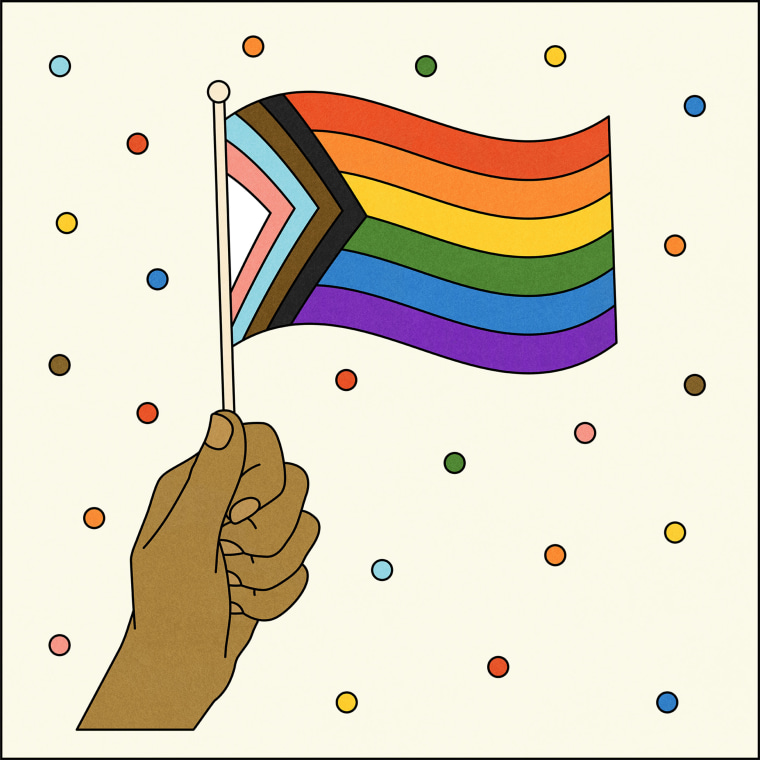
In 2018, nonbinary artist and designer Daniel Quasar created the progress pride flag. According to the Victoria and Albert Museum, the flag was a redesign of the traditional pride flag to embrace the widespread diversity in the LGBTQ community and promote inclusion. Quasar took the black and brown stripes from the Philly Pride flag and the blue, pink, and white stripes from the transgender pride flag and created an arrow shade to the left of the flag to represent transgender and non-binary individuals, marginalized communities of people of color, as well as those who are living with AIDS or lost their lives to the disease.

Lesbian pride flagOver the decades, multiple iterations of the lesbian pride flag have existed according to Old Dominion University. The first was the Labrys Lesbian Flag created by Sean Campbell in 1999, then published in 2000. The flag had a purple background with an inverted black triangle with a white labrys in the center. The next iteration featured a series of red and pink lines with a white line going down the center, its name was linked to a derogatory term that has faced controversy in the community.
As it stands today, the new lesbian pride flag was created in 2018 by Emily Gwen. This iteration introduced orange to the red and pink color scheme and assigning meaning to each shade in the seven line flag: dark orange for gender non-conformity, independence for orange, community for light orange, unique relationship to womanhood for white, serenity and peace for pink, love and sex for dusty pink, and femininity for the dark rose.
Bisexual pride flag
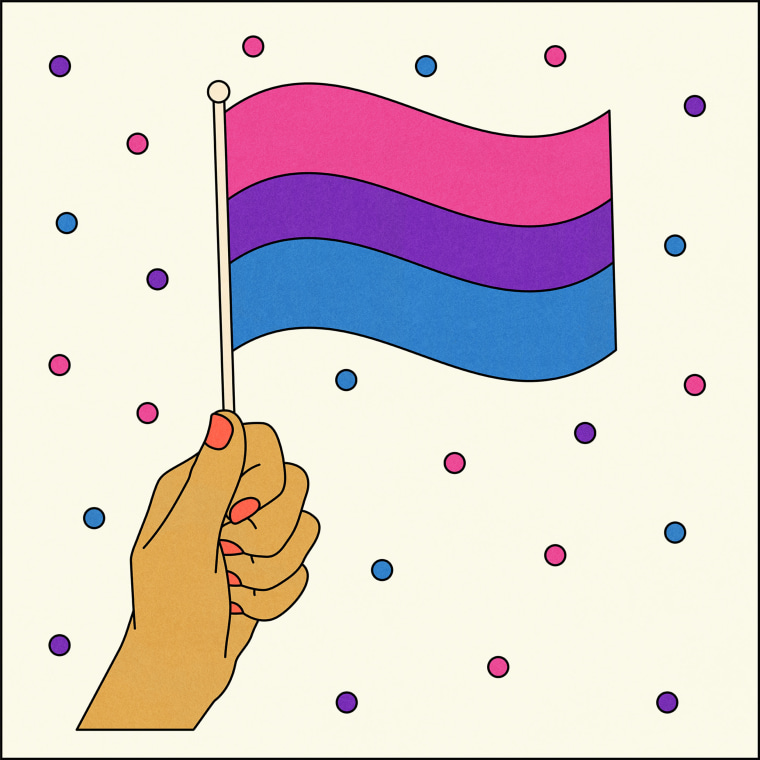
In 1998, Michael Page unveiled the bisexual flag on December 5. In a blog post published over two decades ago, Page said his intent for the flag was to “maximize bisexual pride and visibility.” Page chose the colors represented in the bi angles symbol (two inverted triangles in pink and blue) and landed on blue, purple, and pink stripes for the final version of the flag, each holding their own meaning. Blue represents the sexual attraction to another sex, pink represents same-sex attraction, while the purple represents both same-sex and different-sex attraction.
Pansexual pride flag
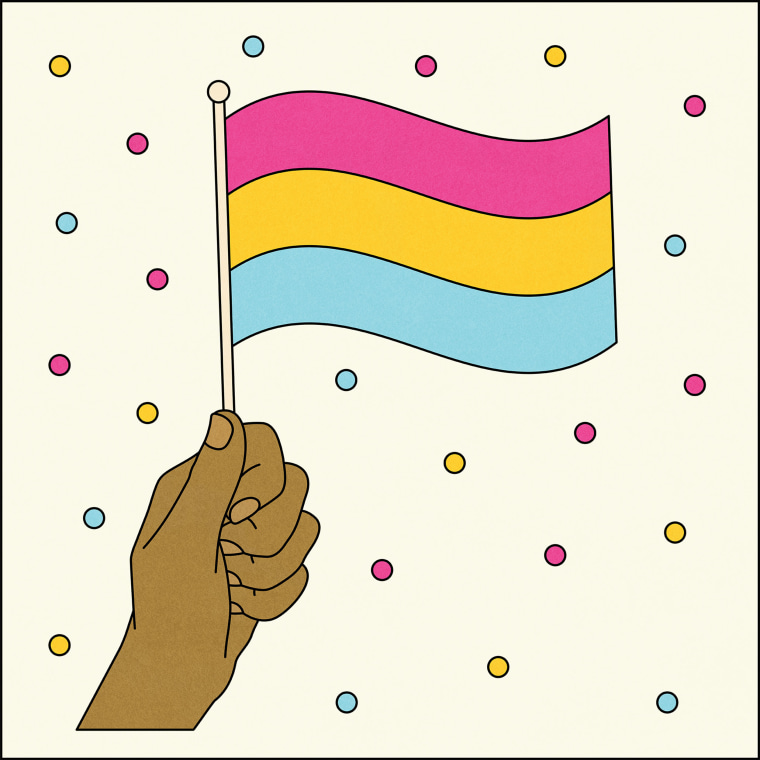
The pansexual flag, much like the bisexual and transgender flag, has three defined lines, each representing something different. According to the University of Northern Colorado, the pink line represents attraction to individuals who identify as female, yellow for an attraction to individuals who identify as non-binary or those who do not identify on the male-female binary, and blue for the attraction to individuals who identify as male.
QPOC pride flag
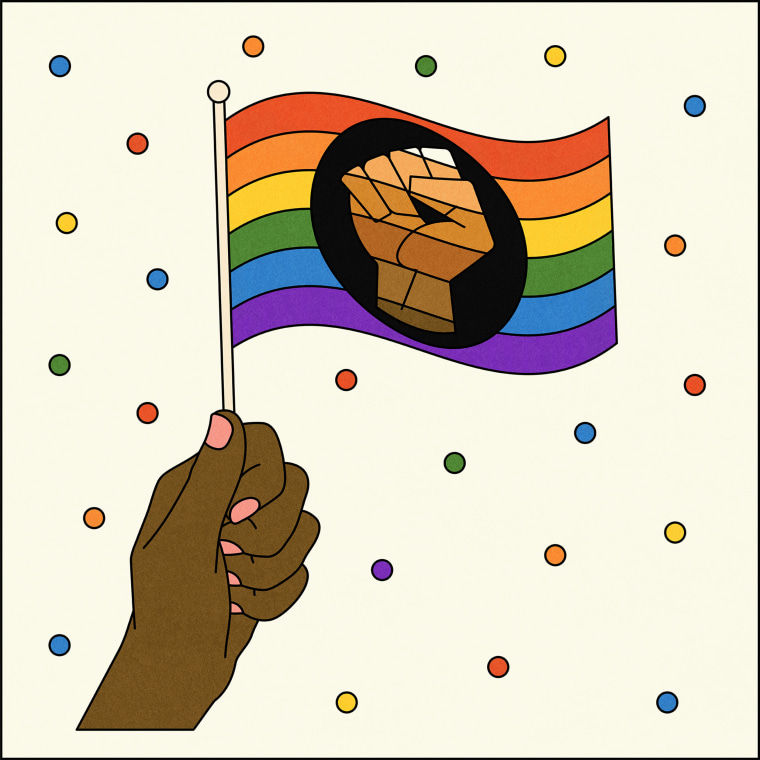
The origin of the queer people of color (QPOC) flag are unknown, but it rose to popularity in 2020 to support the Black Lives Matter movement, though it existed prior. According to TriPride, the flag is meant to represent the QPOC community, especially as it relates to the ties that have bound the Black and queer communities since the inception of the gay liberation movement. The flag utilizes the six stripe pride flag as the backdrop with a black circle encompassing a raised fist with six stripes in various shades of brown and white to represent the range of human skin tones.
Asexual pride flag
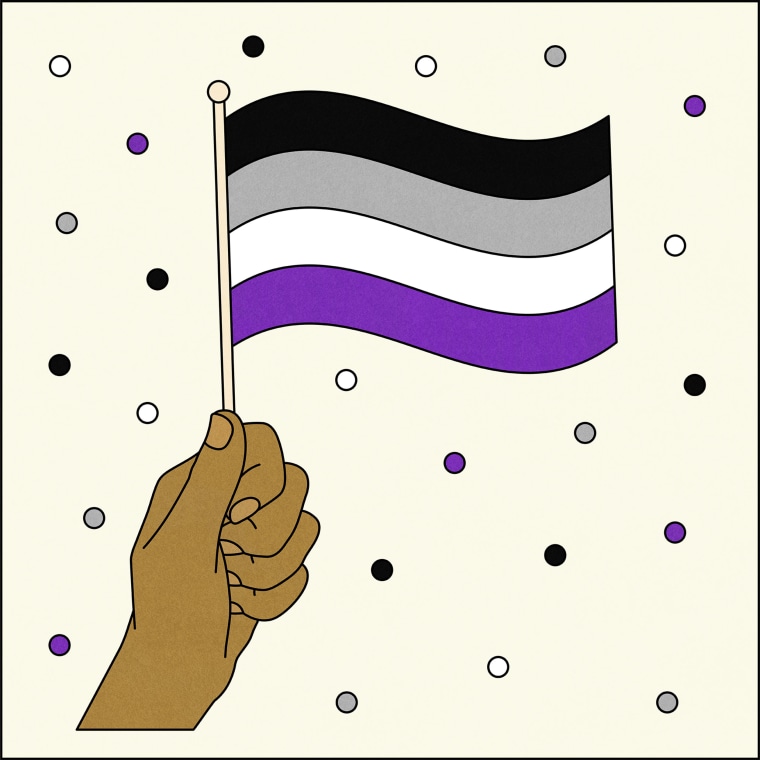
The asexual pride flag has only been around for a little over a decade, with the design process starting in 2010. The design includes four stripes in black, gray, white, and purple, with each color holding its own meaning. According to Grand Rapids Pride Center, the black stripe represents asexuality, the gray as the gray-area that exists between sexual and asexual, white as sexuality, and purple representing the concept of community.
Intersex pride flag
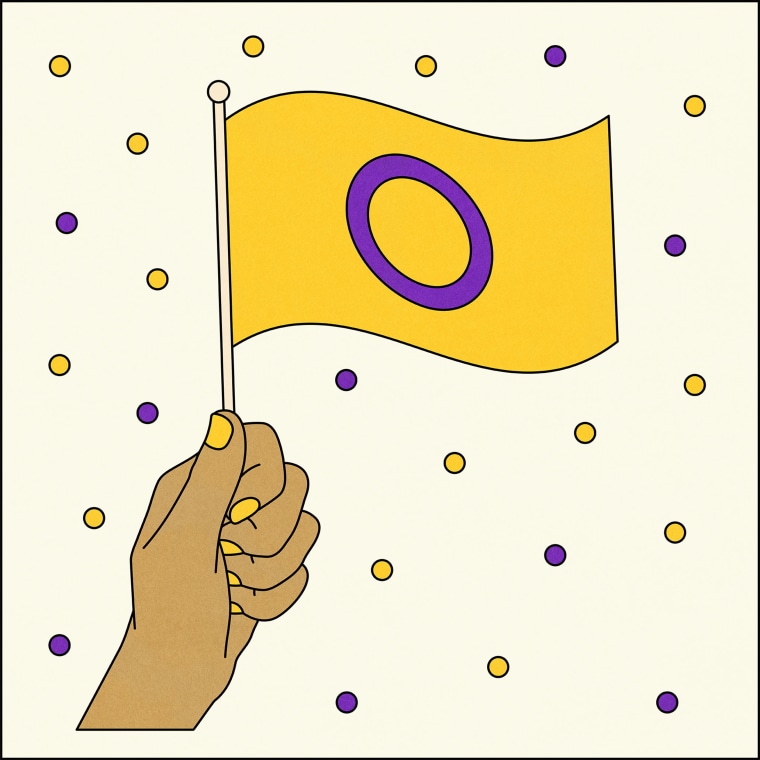
In July 2013, Morgan Carpenter, president of Intersex Human Rights Australia, created what we now recognize as the intersex pride flag. The flag is composed of a yellow background with a purple circle in the center. Carpenter wrote in a blog post originally published in 2013 that the color yellow and purple were chosen due to their consistent presence as being recognized as an intersex color rather than blue or pink, which historically have had gendered connotations. The circle, which does not include any breaks nor additional decoration, is meant to symbolize “wholeness and completeness, and our potentialities.”
Genderqueer pride flag
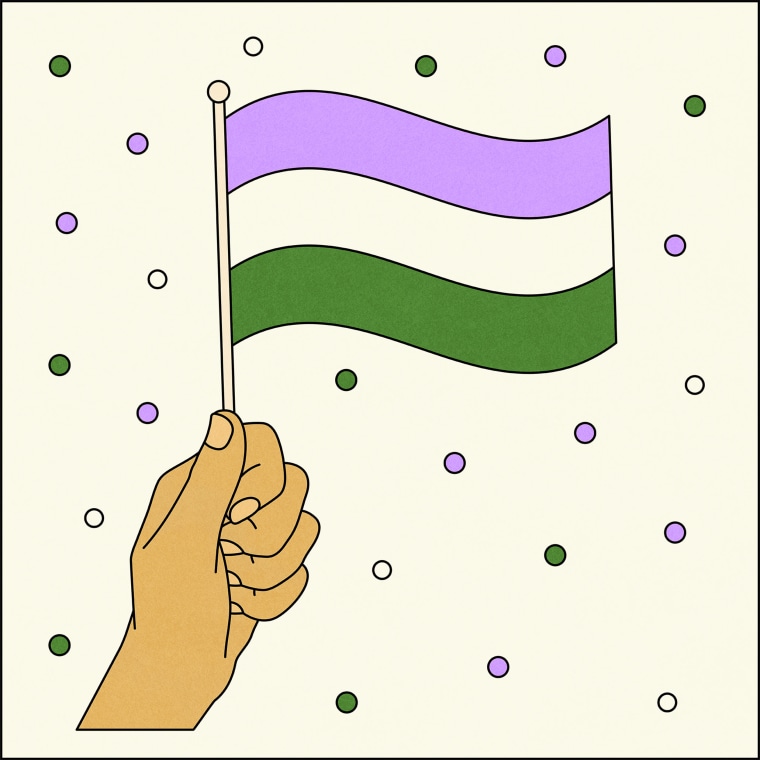
J.J. Poole created the genderfluid pride flag, following a similar striped pattern to many of the other pride flags within the LGBTQ community. This flag consists of five colored stripes, including pink, white, purple, black and blue. According to Amherst College, pink serves as a representation of femininity, white for a lack of gender, purple as the combination between femininity and masculinity, black to represent all of the other genders, and blue for masculinity.
Nonbinary pride flag
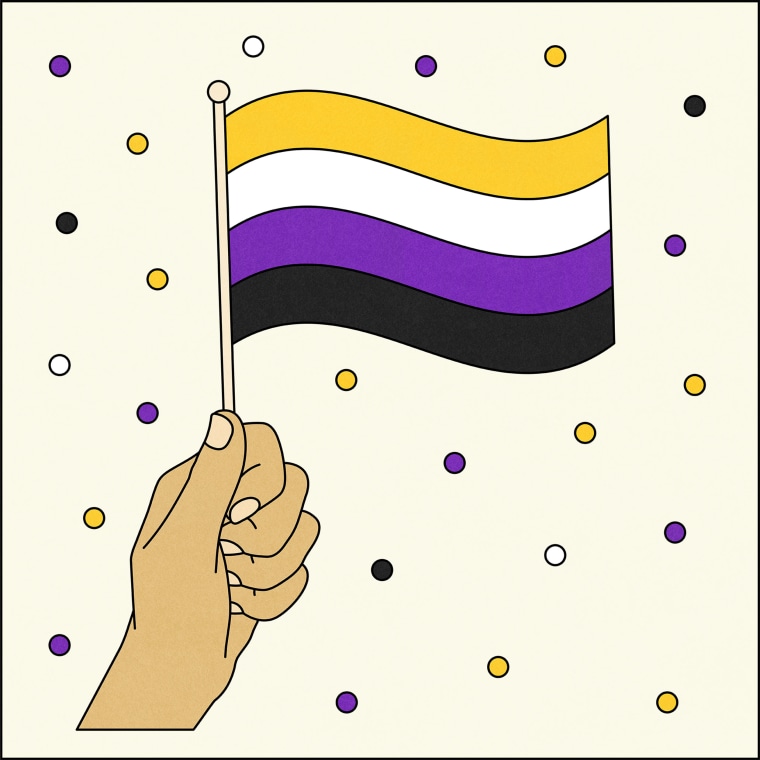
The nonbinary pride flag was designed and created by Kyle Rosa back in 2014 to represent the individuals who did not feel that they were represented by the genderqueer flag, according to Outright Action International. The flag includes four colored stripes, including yellow to represent the individuals who do not identify with a gender within the binary, white for individuals who identify as many or all genders, purple for those who identify as a combination of male and female, as well as black for those who do not identify with having a gender at all.
Two-Spirit pride flag
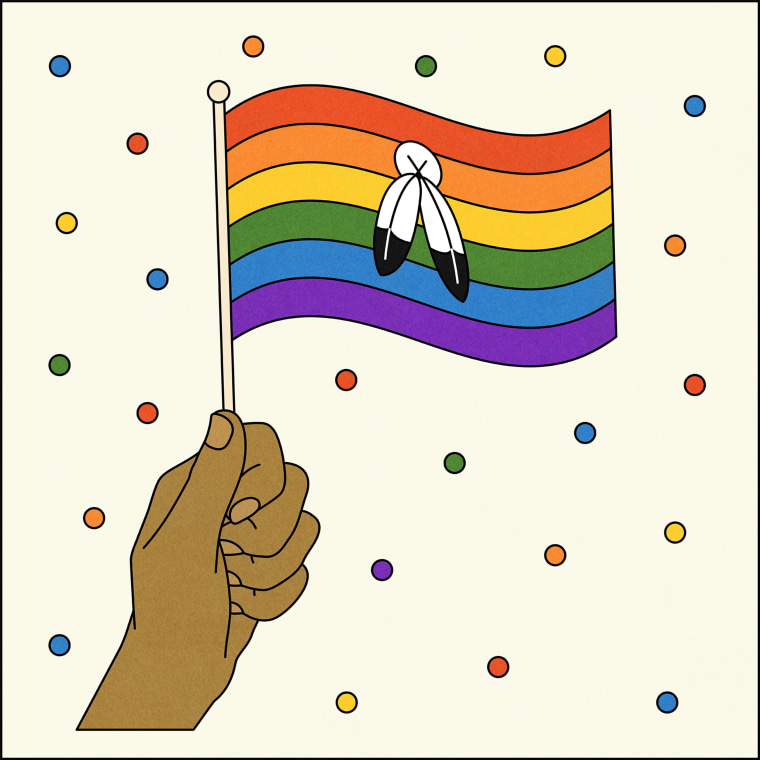
In the history of Indigenous culture, Two-Spirited people were beings who had two spirits — one that was male, one that was female. They were seen as a third gender and respected among many areas of ancient society as healers and visionaries. Today, Two-Spirited people are individuals that identify as gay, lesbian, bisexual, other gendered individuals, as well as third or fourth gendered individuals who live and identify between the worlds and genders.
The Two-Spirit flag consists of the six stripe rainbow flag with a circle and dual-feather design. Both feathers are meant to represent the masculine and feminine identities, while the circle is the unity between both and the rainbow color scheme represents the modern age.
Bear pride flag
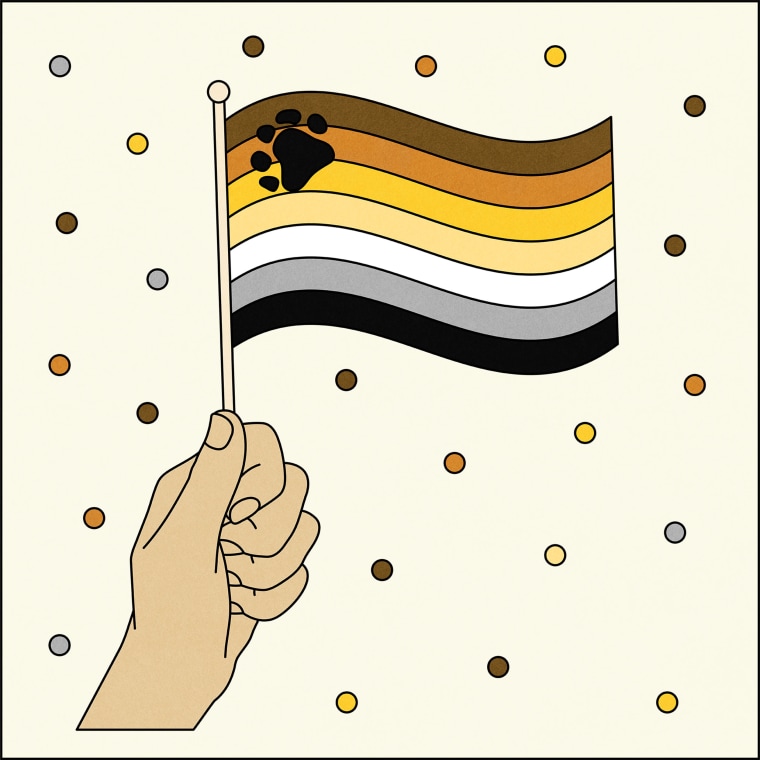
The bear pride flag celebrates a subculture of the LGBTQ community that refers to gay or bisexual men who have facial and/or body hair and embrace comfortably with masculinity and their bodies, according to Montclair State University. The flag was designed by Craig Byrnes in 1995 with a series of neutral toned stripes in shades of brown, yellow, tan, white, gray and black adorned with a paw print in the top left corner. The colors were chosen to represent the fur colors of bear species globally to represent inclusion.
To celebrate LGBTQ pride, TODAY is sharing this community’s history, pain, joy and what’s next for the movement. We will be publishing personal essays, stories, videos and features throughout the entire month of June.
